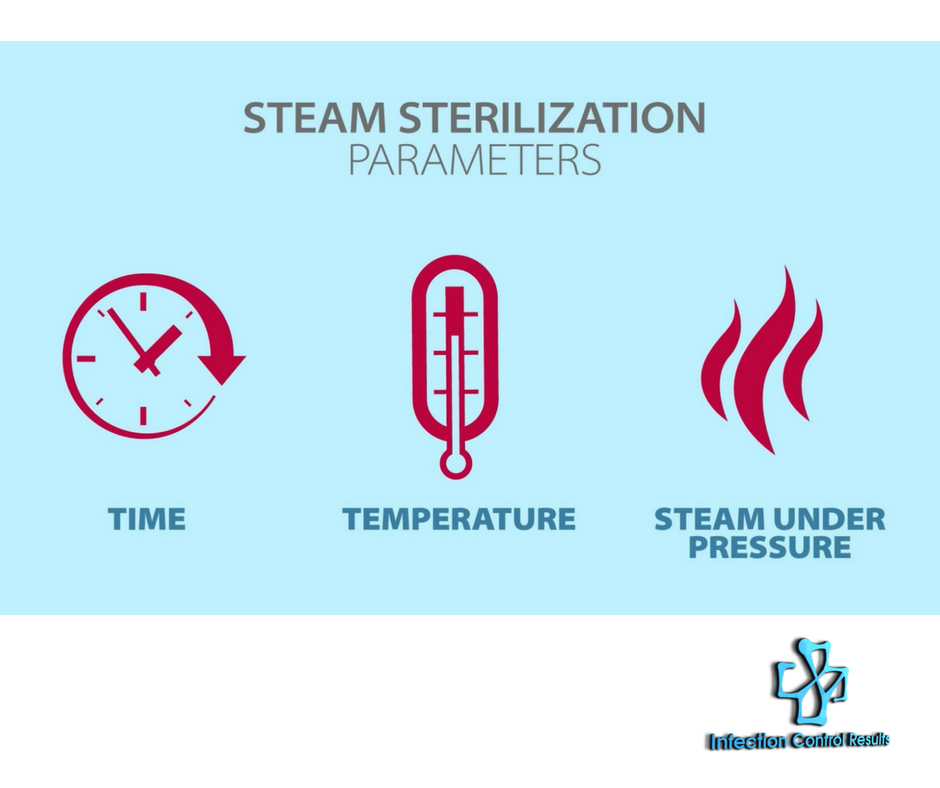
31 May Temperature and Humidity Monitoring in Sterile Processing
The Association for the Advancement of Medical Instrumentation (AAMI) published an updated version of the Comprehensive Guide to Steam Sterilization and Sterility Assurance in Health Care Facilities guideline (ST79:2017) in late 2017. One area that is significantly different in the updated guideline is related to temperature and humidity in Sterile Processing. Previously, ST79 contained an easy to understand table outlining the acceptable temperature and humidity ranges for all areas required to control these parameters, which were used by accrediting agencies. However, the updated guideline doesn’t contain a table or any handy references for temperature and/or humidity. Instead, the ST79 guides facilities to “identify which version of ANSI/ASHRAE/ASHE 170 will be used based on when the HVAC system was initially installed or last upgraded”. AAMI recommends developing and implementing a method to monitor the required parameters as well as identifying any variances from the applicable ANSI/AHRAE/ASHE 170 standard.
When variances occur, AAMI recommends creating a team that should include facility engineer or maintenance personnel responsible for the HVAC system, infection preventionist (infection control professional), risk manager, sterile processing manager or other designated personnel to conduct a risk assessment. The risk assessment should determine if the current parameters place items requiring a temperature and/or humidity range in jeopardy and indirectly, place patients at risk. Items frequently found in sterile processing requiring a specific temperature and/or humidity range include wrapping materials, biological indicators, chemical indicators and Bowie-Dick tests.
By its very nature, the risk assessment will inform all team members of the appropriate response to the parameter variance and ensure patient safety.
Temperature and humidity can be monitored through an automated system in a centralized location, which is common in some hospitals, or manually checked, which may be more common in smaller hospitals and Ambulatory Surgery Centers. However, regardless of the method used to monitor these parameters, monitoring results must be recorded. These records can be maintained in an electronic format or hard copy as long as the results can be easily retrieved since surveyors frequently request to see temperature and humidity records.
The AAMI ST79 standard was changed to reflect concerns voiced by various healthcare personnel that the previous temperature and humidity requirements could not always be maintained in older buildings or in climates with either very high or very low humidity. Since AAMI ST 79 is the comprehensive guide to sterile processing from department design to preparing and sterilizing instruments, surveyors were citing facilities for not complying with the ranges cited in this guideline.
At first glance, it may seem that temperature and humidity monitoring is now more complicated due to this change in ST 79 verbiage or that temperature and humidity monitoring isn’t required any longer, a team approach which includes maintenance personnel, infection control, and sterile processing should quickly help to remove any uncertainty involved in the current AAMI guidance.
